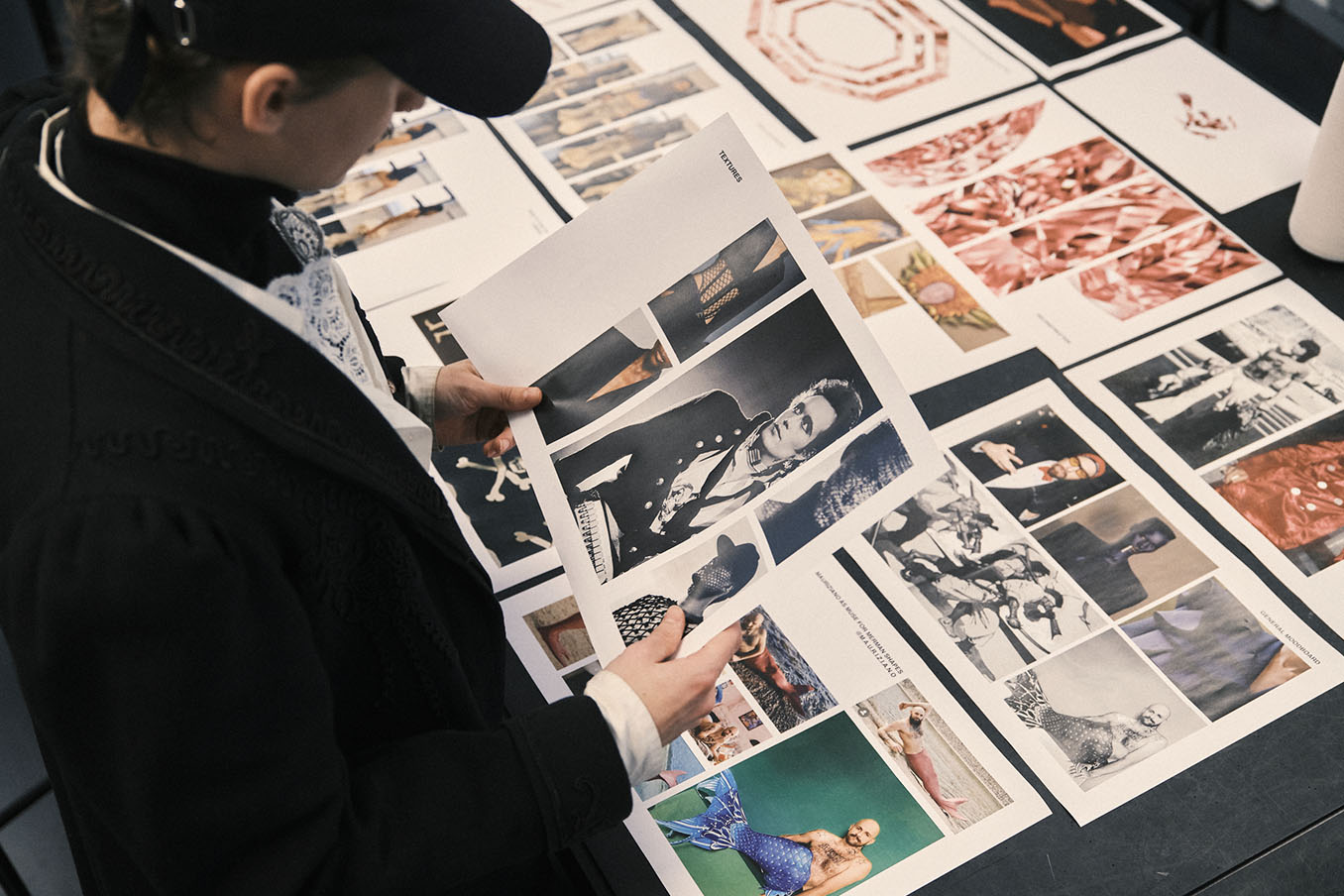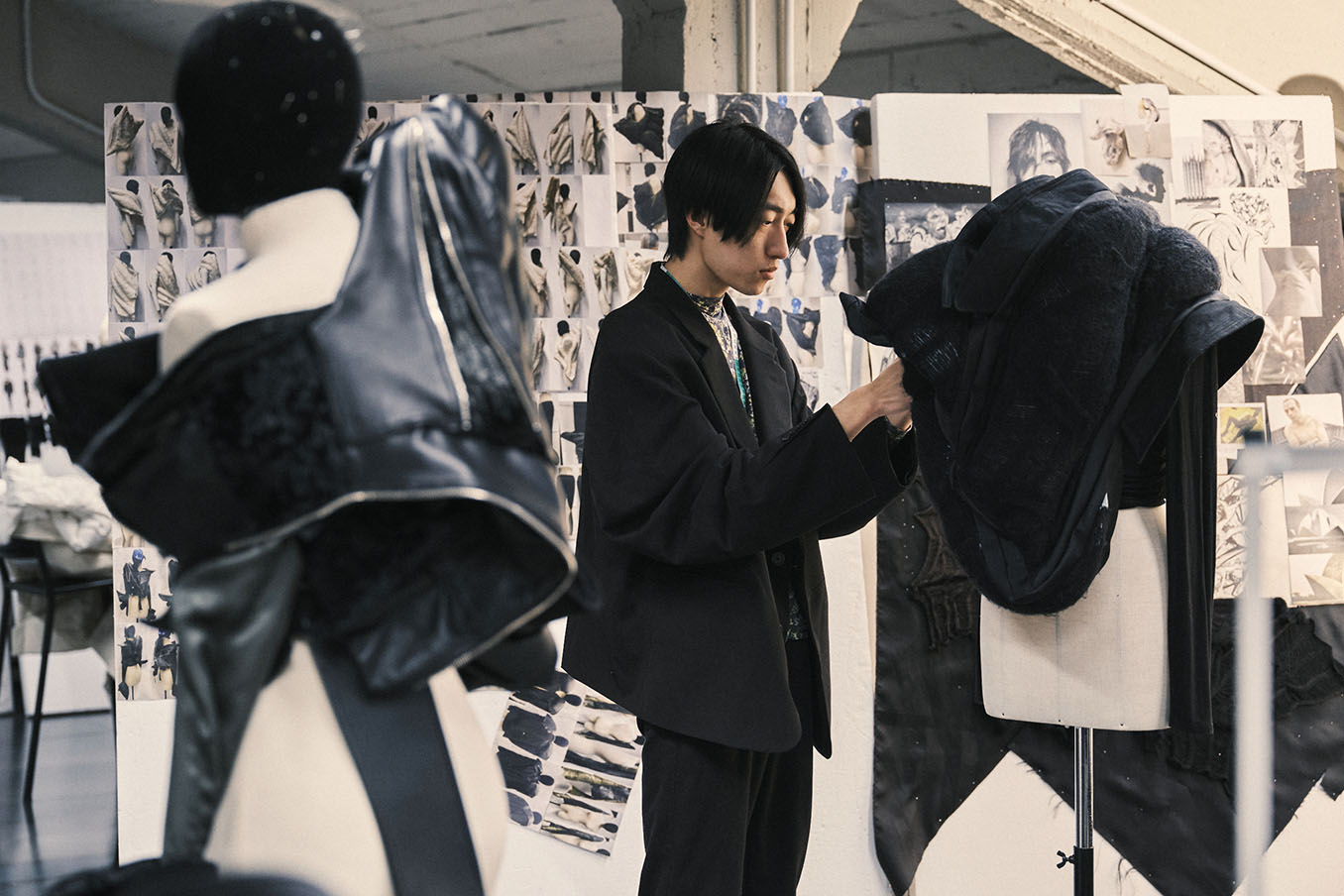With midterms, finals, and the race to find an internship, how do fashion students keep their creative stamina up? What are the effects of our overstimulated world on tomorrow’s future fashion professionals? Undergraduate in Fashion Business student Julie Nunes reports.

Couture Week serves as a stage to expose some of the most extraordinary creations. This year, Schiaparelli stood out, earning resounding applause from both the press and the audience. The brand’s Creative Director, Daniel Roseberry, continues season after season to captivate and make people dream, leaving us eager to discover his insights into the creative process. He considers himself the most creative in his daydream state, but concedes the increasing challenge of achievement, “you have to be in a place of low stress, low pressure. That’s the hardest part, to find a place of safety and security, where you can be free to dream like you did before you became a creative director.” Away from the design departments of grandes maisons, how realistic is it, in a distraction-heavy world, to expect us fashion students to be in low stress, low pressure environments in order to reach the peak of our creativity?
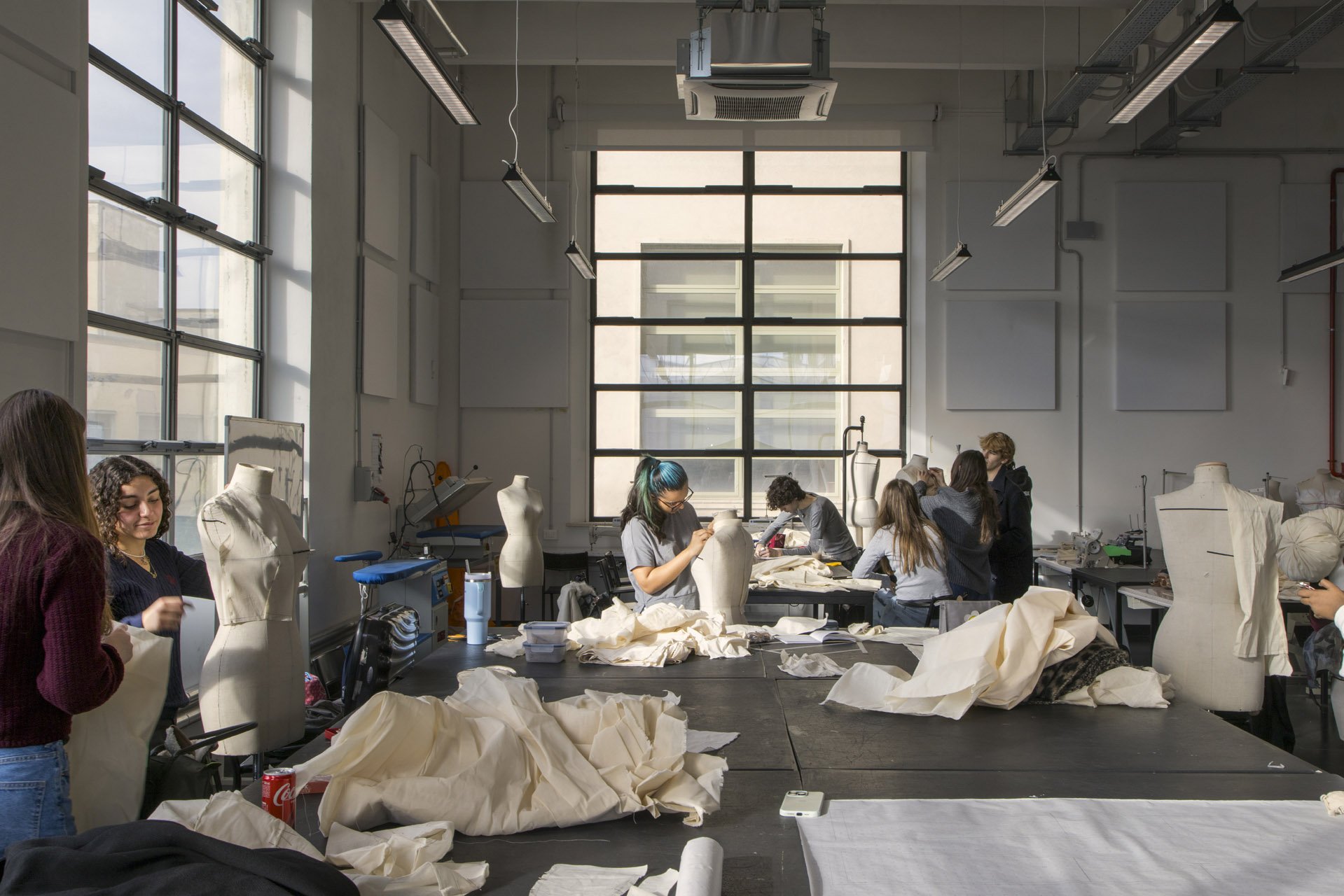
Let’s start by defining overstimulation: a feeling and cerebral process that occurs when a person’s senses, emotions, or mind are overcharged, often resulting in stress, anxiety, or exhaustion. The rise of social media has exacerbated this feeling via a constant stream of information. These platforms, where speed is king, have over time created an environment where creativity and clear, reliable references can easily get lost. What is the effect of this endless onslaught of stimulation and information on Fashion students? Apolline Deleu, Undergraduate in Fashion Art Direction student shares her personal view: “Sources of inspiration are everywhere but sometimes I can’t see them anymore. It seems to me that they have narrowed down by time, even though my inspiration list is just getting longer.” Apolline implies there’s an ever growing amount of inspirational sources, but that it is diminishing in quality.
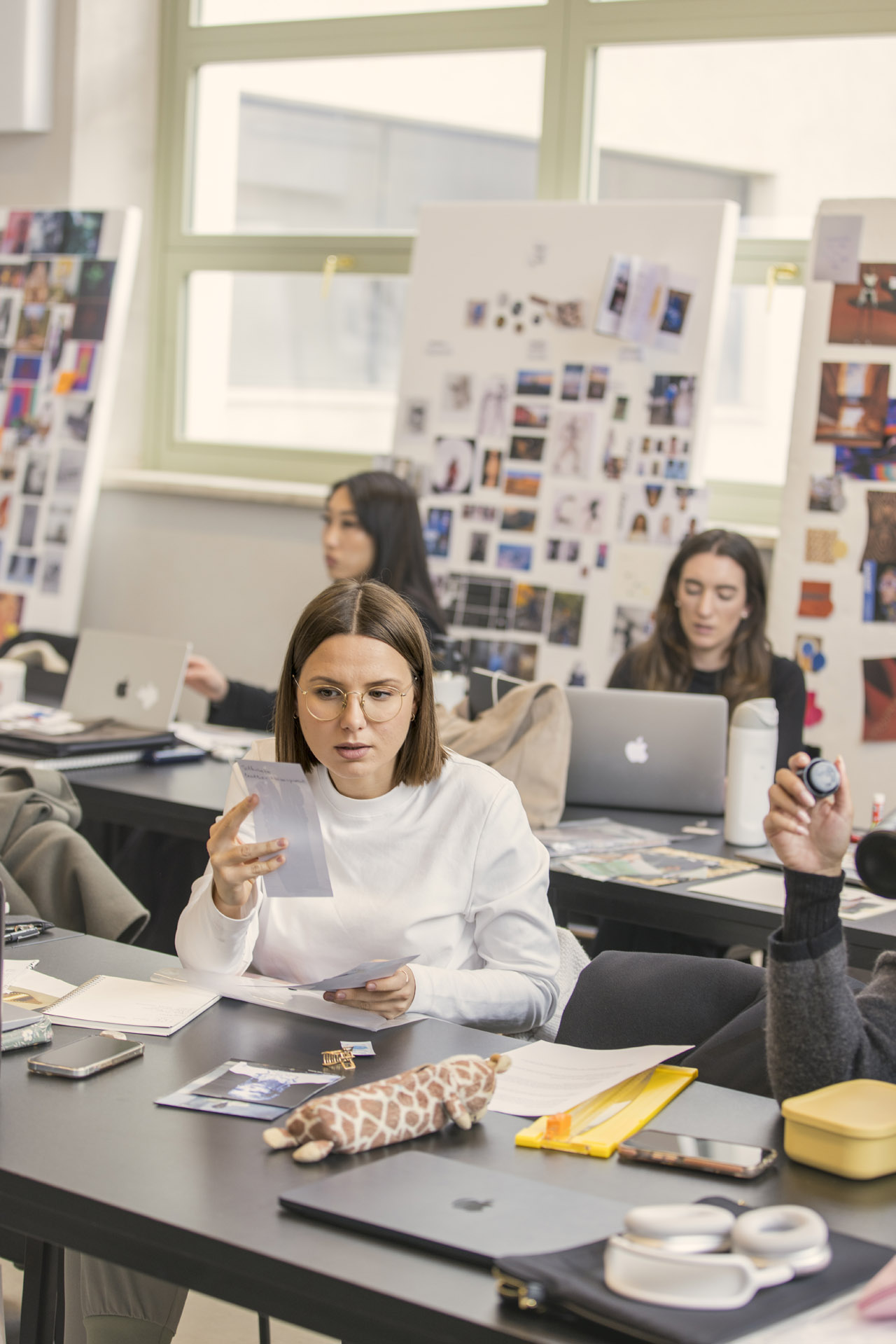
In a 2024 interview Marni’s creative director Francesco Risso advances that we are lucky to have access to so much data, but we tend to forget that intuition is crucial: “We forget that actions generate creativity without thinking, it’s about instinct”. Having a groundbreaking idea is nearly impossible if the brain is constantly absorbing new content. Risso suggests that we need to trust our intuition more; perhaps this can be achieved by creating space away from social media and the Pinterest noise that many fashion students rely on for our mood boards, and instead opting for resources, like books, films and art, that give us the space to use our instinct.
A way to get out of this loop is by recognizing that a constant search for inspiration can actually get in the way of the creative process. Staying in touch with our emotions and allowing space for introspection can be far more valuable than endlessly hunting for external sources. Jindy Wang, Master in Fashion Art Direction student reflects: “Before I tried to be academic and have niche references. In the end, if I don’t like the process what’s the point? Now I try to create something that I actually like. It’s not worth it if you’re stressed and worried, I want to make something I like.”
Do you have to be bored to create? Some of the greatest ideas have emerged from boredom. It’s hard to believe Martin Margiela’s childhood spent dressing his barbies in miniature remakes of Pierre Cardin and Yves Saint Laurent garments would have happened without moments of stillness in which to welcome childlike wonder and creativity. Anastasia Kiknadze, Undergraduate in Fashion Art Direction student admits: “I feel out of shape when I’m bored, because then I feel anxious that I wasn’t productive.” Over time, the link between boredom and creativity has frayed. The pressure to produce has redefined art in a professional capacity, and productivity has become the enemy of artistic expression. We are now conditioned with conflicting ideas around boredom; students are caught between accepting it as a creative necessity and feeling uncomfortable with it as we are fed more and more messages that link our value to our productivity.
In a world where the lines between reality and fiction are increasingly blurred, social media can be a temporary escape. These platforms offer distraction and they also make it harder for us to sit with our own thoughts. Sitting in silence, reflecting on our own inner world, becomes really challenging. Apolline added, “When not performing, I feel immediately stressed and anxious, the overstimulation becomes dopamine to my mind. Thinking means struggling, thinking is losing yourself in your own fears”. It has become increasingly difficult to confront our own thoughts, and that fear has become the hallmark of a generation. Some find a moment of stillness while sleeping; Beindy Aouad, Undergraduate in Fashion Design student, sees boredom and stillness as crucial tools for creativity, “dreams are the peak of creativity and sleep is a kind of “boredom” for the subconscious. It’s in our nature to be creative when bored. We have so much within us, it’s important to step back and let the mind drift from reality.”
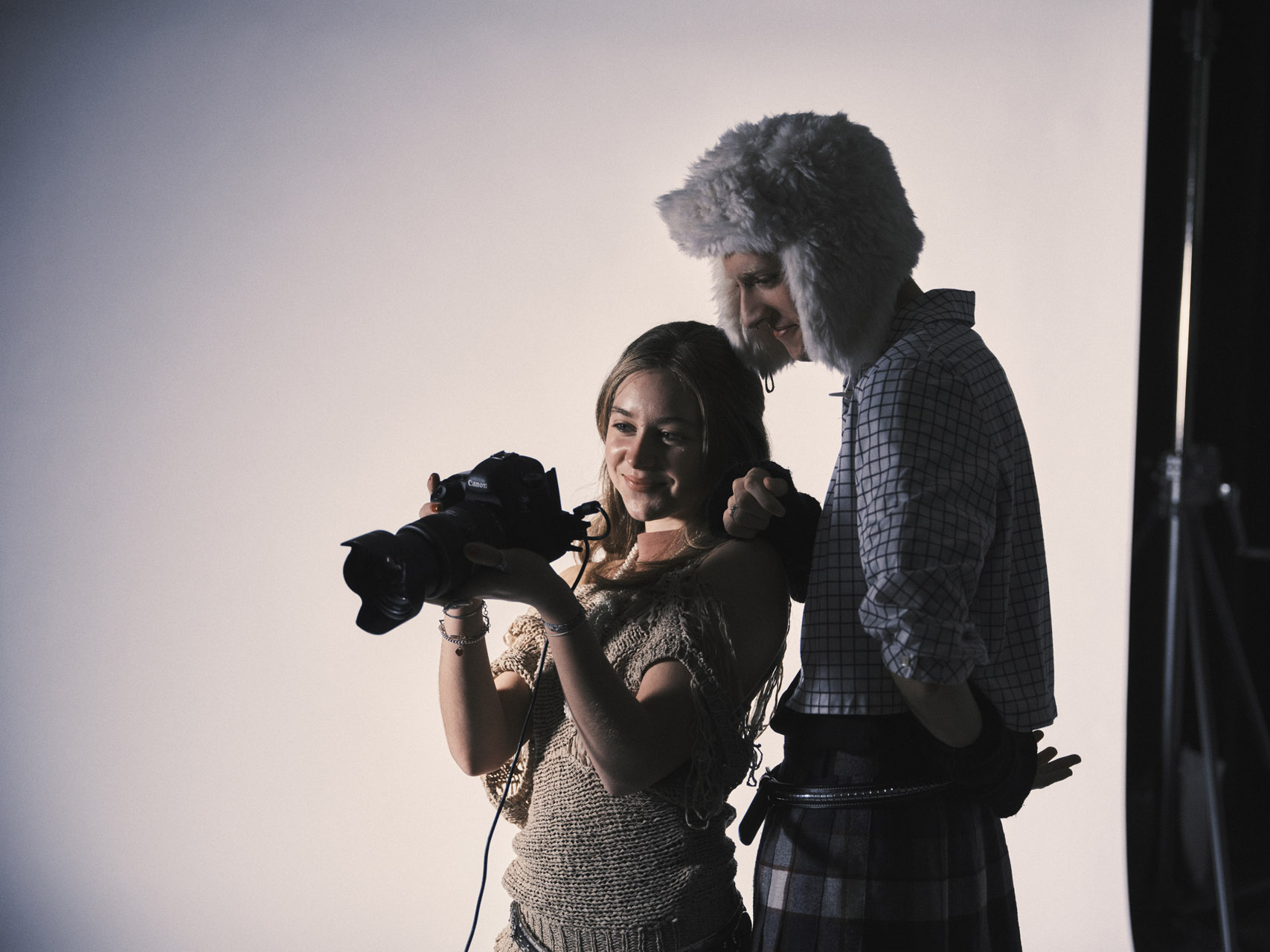
Fashion students are caught in another creative bind, between the pressure to please professors and uphold our original vision and ideas. Projects force students into a vulnerable space, as art is inherently tied to emotions and personal expression. Each assignment has emotional weight and navigating the constant feedback while trying to stay true to oneself can be difficult. Apolline states that, “Images are my communication tool, very often my concept is clear in my head and professors see where I’m going but they don’t get my concept fully. They always ask me to work and rework, it ends up making no sense, it only creates confusion as I keep getting away from my main idea.”
“Making clothes is like making emotions”: through Francesco Risso’s words, we can understand creation as a personal journey, one that requires acceptance of both the highs and lows, and of a genuine connection to ourselves. Overstimulation isn’t necessarily killing creativity, but it is a huge obstacle for students today, causing us to need to find spaces of relaxation and safety to access creative freedom, as well as learning to navigate constructive criticism to create work we enjoy and resonate with. For today’s fashion students, the challenge isn’t finding inspiration — it’s creating the mental space to process it meaningfully and transform it into something personal.
